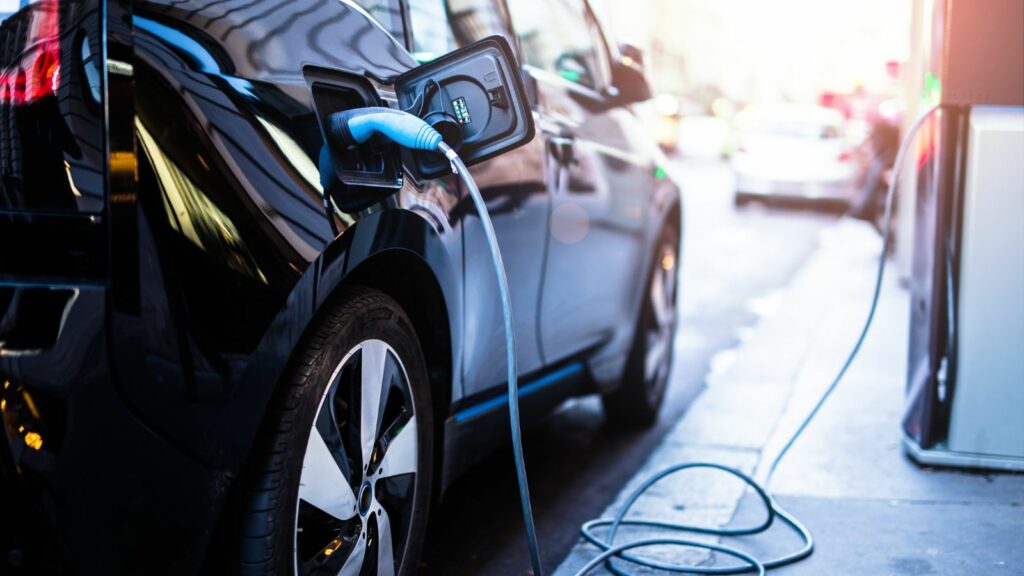One of the most common surprises for new electric car owners is how drastically range can change with the weather. On paper, an EV might advertise 250 or even 350 miles on a single charge, but in the real world those numbers can shrink dramatically once temperatures leave the mild middle ground. In the harshest conditions, such as freezing winter mornings or blazing summer heatwaves, drivers often see their range drop by as much as half. Unlike gas powered vehicles, which only lose a small fraction of efficiency when temperatures spike or plummet, electric cars depend on batteries that are highly sensitive to both heat and cold. The drop is not a flaw but a natural outcome of how battery chemistry and energy use interact with the environment.
Why Batteries Hate Extreme Temperatures

The core of every electric car is its lithium ion battery pack, and these batteries have a narrow comfort zone. They work best in temperatures around 60 to 80 degrees Fahrenheit. In freezing conditions, the chemical reactions inside the battery slow down significantly, which reduces its ability to deliver power. Drivers often notice sluggish acceleration, slower charging speeds, and big drops in range. In extreme heat, the opposite happens: resistance inside the battery increases, which reduces efficiency and forces the system to work harder. Both ends of the spectrum stress the battery, which means less usable energy for driving.
The Hidden Cost of Cabin Comfort
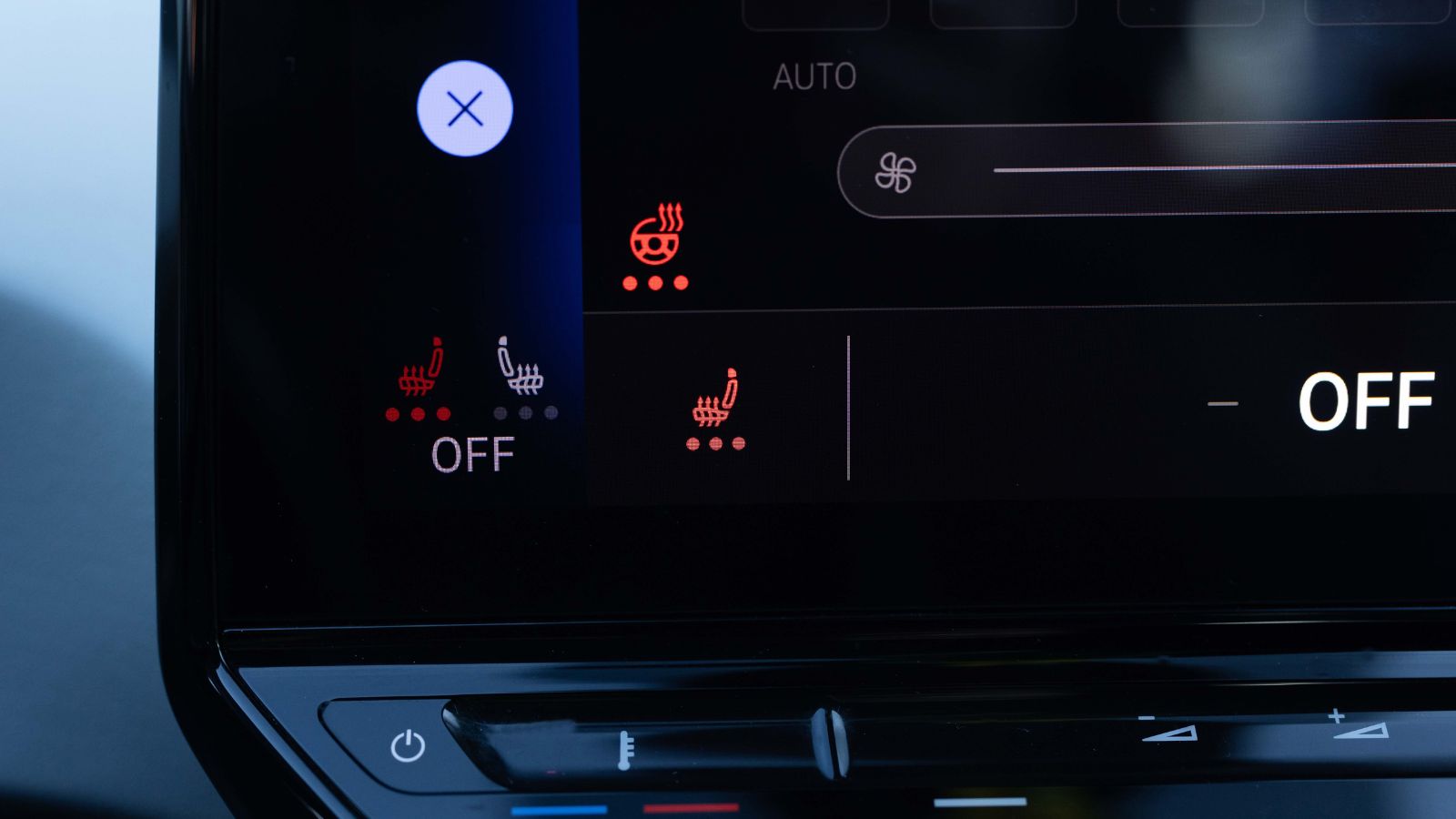
One of the biggest drains on range during extreme weather is simply keeping passengers comfortable. Gas powered vehicles use waste heat from the engine to warm the cabin, but EVs have no such luxury. They rely entirely on electric heaters, which consume a large amount of power. Running the heater on full blast in freezing conditions can slash range in half all on its own. In summer, the opposite issue arises. Air conditioning systems need to work harder to keep cabins cool, especially when the car has been parked in direct sunlight. That constant draw from the climate control system quickly eats into the available miles. For longer trips, this means what looked like a comfortable buffer on the range display can shrink quickly once comfort systems are running.
Battery Thermal Management

To keep the battery itself safe, EVs use complex thermal management systems that either heat or cool the pack to maintain efficiency. This helps prevent damage and prolongs lifespan, but it also consumes energy. On a sweltering summer day, the cooling system may run constantly to keep the battery pack from overheating. In deep cold, the system may pre heat the battery before the car even moves, using up energy before a mile is driven. These safeguards are critical for battery health, but they add another hidden demand on the vehicle’s energy supply, further reducing the range available to the driver.
Real World Examples of Range Loss
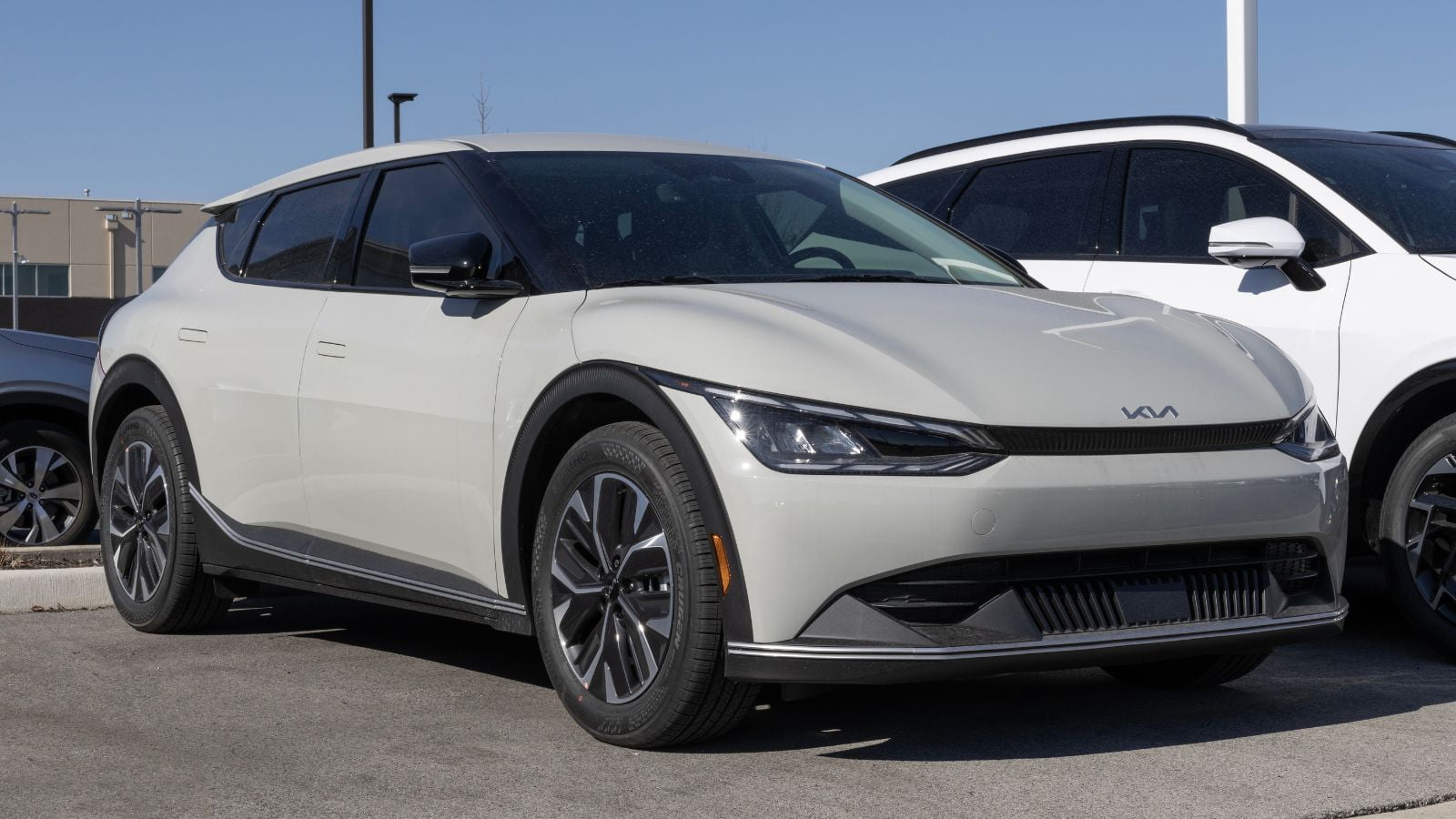
The effects of weather on range are not just theoretical. EV owners in places like Minnesota, Canada, or Arizona experience them firsthand every year. A Tesla Model 3 rated at over 300 miles might only manage 170 to 190 miles on a bitterly cold day when the heater is running. Ford Mustang Mach E drivers in freezing conditions have reported similar reductions, with real world numbers coming in far below the advertised figure. In scorching summer climates like Nevada or Texas, cars such as the Hyundai Ioniq 5 or Kia EV6 can also see range reductions of 30 to 40 percent once the air conditioning and battery cooling systems are working full time. While some models manage better than others, none are immune.
Planning Becomes More Complicated
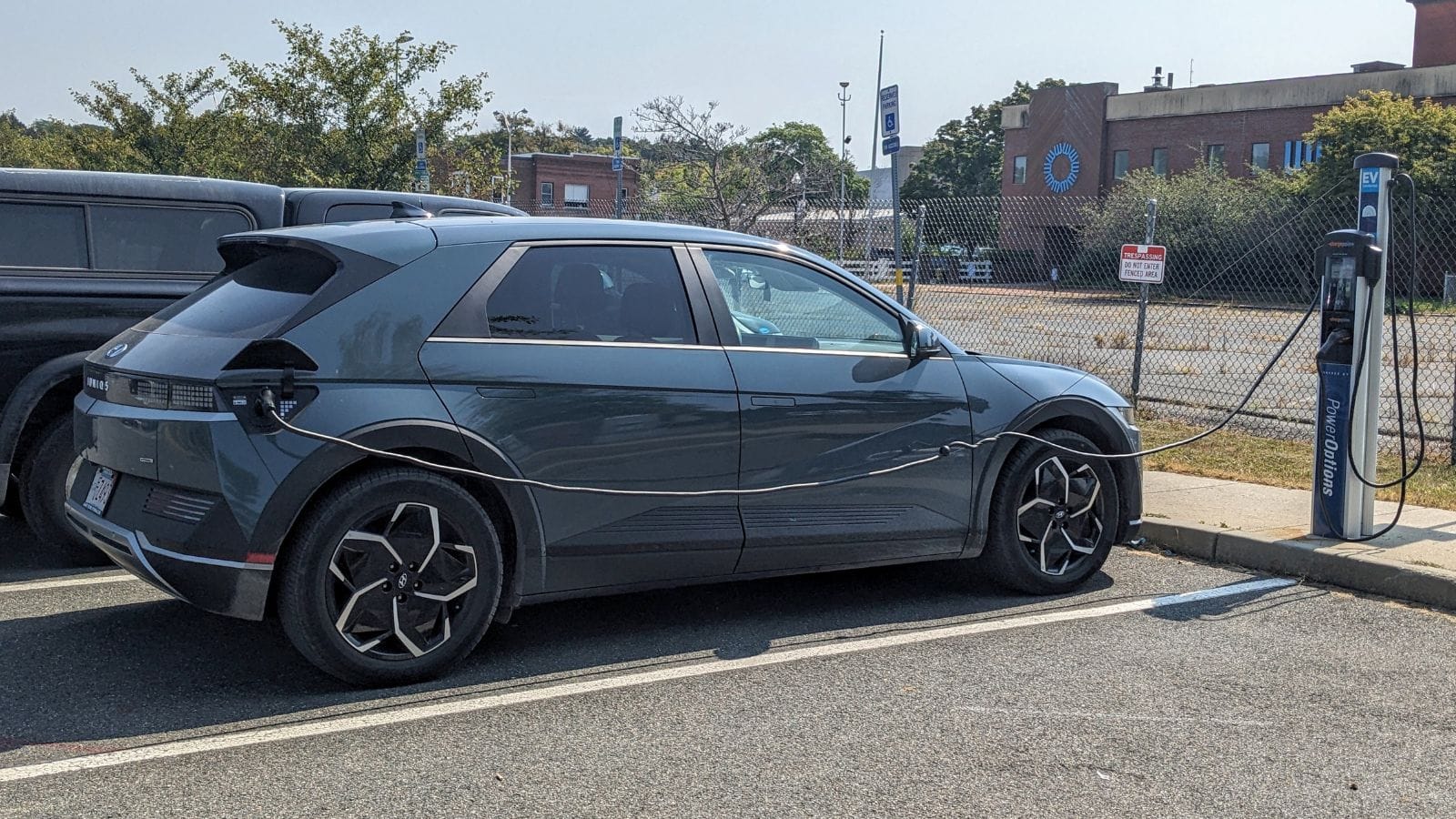
Because range is so heavily influenced by temperature, EV owners in extreme climates must plan their trips more carefully than gas car owners. A journey that seems comfortable in spring or fall may require additional charging stops in winter or summer. For commuters with longer daily drives, cold weather may mean the car can no longer complete the round trip without recharging. Road trips also become trickier since fast chargers can fill up more slowly in cold weather, adding to travel time. While public charging infrastructure is improving, the unpredictability of weather related range loss means drivers often need to build in bigger safety margins than the advertised range suggests.
Technology Improvements and the Future

Automakers are working to address these challenges with better battery chemistries, more efficient climate control systems, and smarter thermal management. Some newer EVs use heat pumps instead of simple resistive heaters, which significantly reduce energy consumption in winter. Battery designs are also evolving, with solid state and improved lithium chemistries showing promise in resisting efficiency drops in extreme conditions. Over time, these advancements will help narrow the gap between advertised and real world range. For now, though, most electric vehicles still face dramatic losses in efficiency once temperatures swing too far in either direction.
Battery Technology
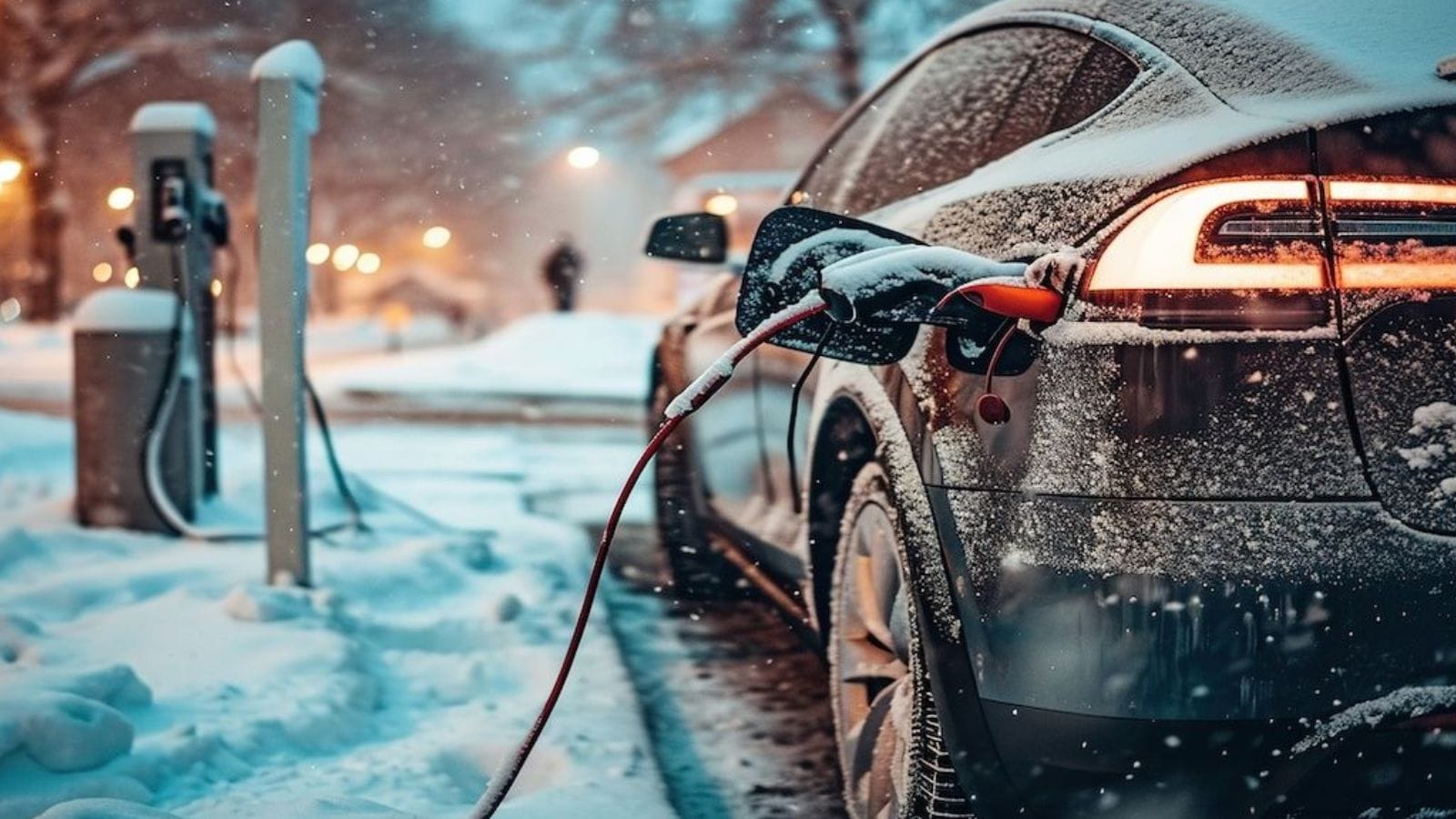
Electric cars offer impressive performance and clean driving, but they remain highly vulnerable to weather extremes. Heatwaves and freezing conditions can chop usable range nearly in half, forcing owners to plan trips carefully and accept that the range displayed on paper is often an optimistic best case. Until battery technology catches up, drivers in regions with harsh summers or winters will need to factor weather into every journey. For many, it is a small price to pay for the benefits of going electric, but it is also a reality that every new EV owner should understand before hitting the road.
25 Facts About Car Loans That Most Drivers Don’t Realize

Car loans are one of the most common ways people fund car purchases. Like any other kind of loan, car loans can have certain features that can be regarded as an advantage or a disadvantage to the borrower. Understanding all essential facts about car loans and how they work to ensure that you get the best deal for your financial situation is essential. Here are 25 shocking facts about car loans that most drivers don’t realize:
25 Facts About Car Loans That Most Drivers Don’t Realize
